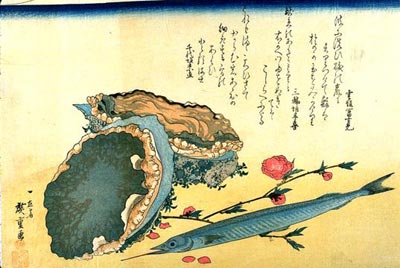Caravaggio – “an excellent rival of nature”
 At the turn of the XVI – XVII centuries in Italy, famous for the great painters, poets, scientists and humanists, a very peculiar artist appeared. His paintings caused a genuine sensation. Noble signorers and common people, artists and art lovers, clergymen and numerous multilingual wanderers, who filled the Eternal City during the great holidays, were eager to see them. Connoisseurs of art of that time praised the masters and talked about creations that were truly extraordinary and unique in their own way. They simultaneously cursed him as a person. It can be added that, being widely known in artistic circles, he excited them not only with an innovative approach to art, but also with his character — bold and fearless, mocking and arrogant, working a special, unlike any other way in his difficult life.
At the turn of the XVI – XVII centuries in Italy, famous for the great painters, poets, scientists and humanists, a very peculiar artist appeared. His paintings caused a genuine sensation. Noble signorers and common people, artists and art lovers, clergymen and numerous multilingual wanderers, who filled the Eternal City during the great holidays, were eager to see them. Connoisseurs of art of that time praised the masters and talked about creations that were truly extraordinary and unique in their own way. They simultaneously cursed him as a person. It can be added that, being widely known in artistic circles, he excited them not only with an innovative approach to art, but also with his character — bold and fearless, mocking and arrogant, working a special, unlike any other way in his difficult life.
This man’s name is Michelangelo Merisi da Caravaggio. He was born in 1573 in the small village of Caravaggio, where his father was the architect and steward of the Marquis. From eleven years, the boy went through professional training, first as an apprentice to the secondary painters of Lombardy, then as an assistant in the workshop of a Roman artist, where he learned to paint flowers and fruits.
When in the 90s of the XVI century Caravaggio came to Rome, then the center of the artistic life of Italy, he was not 18 years old. He lived in poverty, sometimes he was hungry, and “he became impoverished and was impoverished, that several kind-hearted colleagues in the profession of pity began to support him,” as his biographer reported. Caravaggio carried out random orders at the time: he wrote small still lifes, young musicians, street vendors of fruit. From a young age he sought to transmit simple scenes taken from real life, sometimes portraying himself using a mirror. The young painter appears before the viewer in his small early picture, written during his illness and usually referred to as “Sick Bacchus”. But how little resembles the ancient god of wine and fun is a weary young man, who powerlessly squeezes a faded grape cluster! In the very coloring with cold, greenish-blue tones almost physically felt the state of chills, which covered a young man.
An early picture by Caravaggio – “Lyutnist” can be seen in the Leningrad Hermitage. In this work, the twenty-year-old artist feels genuine mastery in the transfer of form, color and especially light and shade. Plastic and beautifully stands out against the dark background of the young man’s half-figure in loose white clothes, playing the lute and singing madrigal Jacques Arcade on the words “You know that I love you.” The figure is sharply illuminated by an invisible source. The face of the musician is highlighted in relief, his kind of luminous clothes. Characteristic chiaroscuro will be one of the most powerful means of artistic expression in the work of Caravaggio. Contemporaries masters call it “basement”. “The old painters who had already filled their hands, frightened by the new fashion, cursed Caravaggio and his manner, declaring that he was huddled in a cellar and did not know how to get out of it,” wrote the historian and theorist of art Bellory, meaning a contrast comparison of the illuminated and darkened parts of the picture.
Over the years he spent in Rome, Caravaggio constantly wandered around the workshops of others. But, finding sometimes a temporary shelter and receiving orders, he became known not only in the artistic environment, but also in the circles of church and secular aristocracy.


